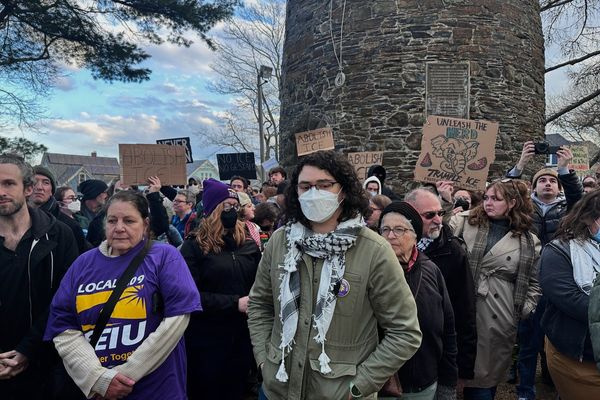One in four persons stand the lifetime risk of developing stroke. Stroke is the leading cause of death and disability worldwide even though about 90% of strokes are preventable by control of risk factors. This year, on World Stroke Day, the focus is on stroke prevention.
Due to the lack of awareness of signs and symptoms of stroke and the subsequent delays in reaching hospital, every year, thousands of stroke patients either die or are forced to live a life of disability
Unlike developed nations where stroke incidence has dropped by some 46%, stroke incidence has seen a 100% increase in India, with an incidence rate of 120-145 per one lakh population.
The World Stroke Day campaign focusses on stroke prevention, with a specific call to action around identifying and managing hypertension (HT) and atrial fibrillation, two of the major causes of stroke.
.
About half of all strokes are associated with high blood pressure or hypertension. The prevalence of HT in Kerala is a whopping 44.3% , calling for renewed focus on blood pressure management to reduce stroke incidence.
Even small lifestyle changes can bring a huge reduction in stroke risk. “The risk of stroke decreases by 13% for each 5mmHg reduction in systolic blood pressure and by 11.5% for each 2-mmHg reduction in diastolic blood pressure. Studies have shown that 70% of the population is unaware of their blood pressure status. Of those diagnosed with HT, only 40% undergo treatment and less than 25% of this fraction achieves control,” says P. N. Sylaja, Professor and Head of Neurology, who also heads the Comprehensive Stroke Care Programme at Sree Chitra Tirunal Institute for Medical Sciences and Technology (SCTIMST)
Atrial fibrillation (A Fib) or irregular heartbeat (arrhythmia) is another major cause of stroke. One-fourth of all strokes after age 40 are caused by A Fib.
Strokes caused by A fib are more likely to be fatal or cause severe disabilities and hence A fib should not be left untreated.
People with AF are usually prescribed anticoagulant drugs to stop the blood from clotting.
“Chances of recurrence of stroke amongst stroke survivors is about 5-15% in a year. Preventing the recurrence of stroke through proper follow-up care and control of risk factors is extremely important to reduce the mortality and morbidity due to stroke. Unfortunately, poor adherence to medication and follow-up care after a stroke are the primary reasons for the poor quality of life of stroke survivors in Kerala,” Dr. Sylaja points out.
The World Stroke Day draws attention to life after stroke also. The post-stroke complications of stroke, such as pain, depression, cognitive alterations, difficulties in speech and spasticity can lead to social isolation of individuals.
There is an urgent need for community rehabilitation centres and support services to help the stroke recovery process, encourage stroke survivors to resume normal life and. Low-cost, population-wide surveillance systems could be developed within the primary care system and deploy digital technologies to encourage people to maintain a healthier lifestyle.







